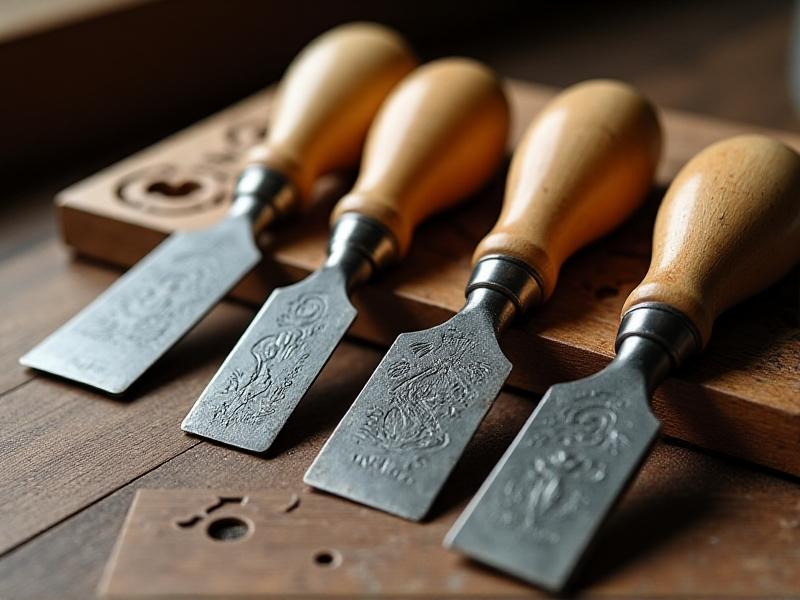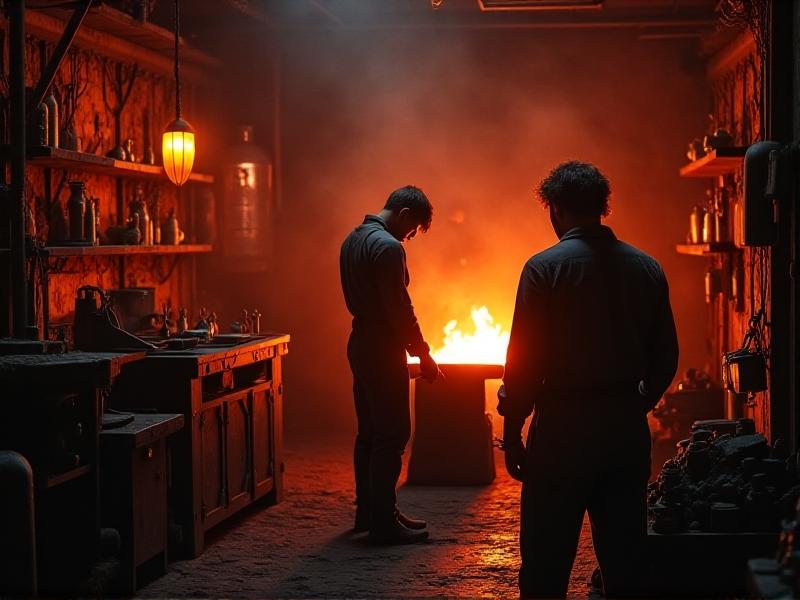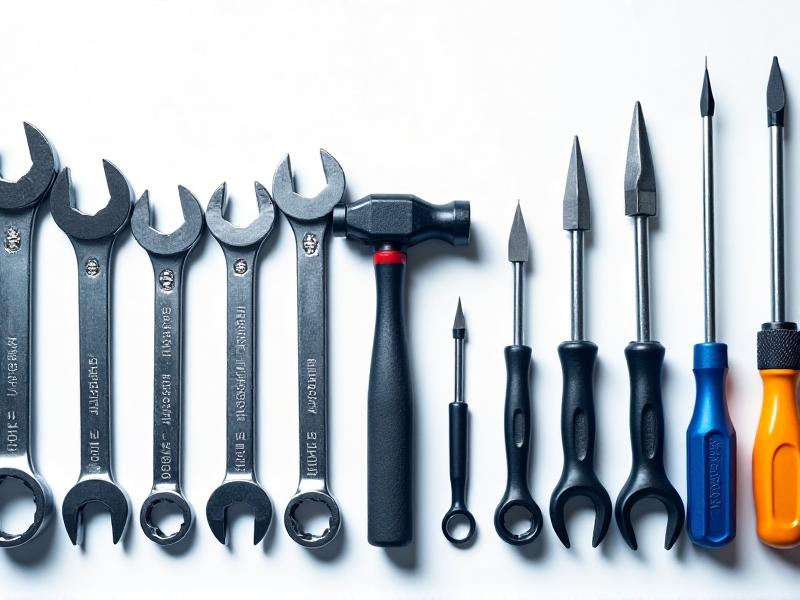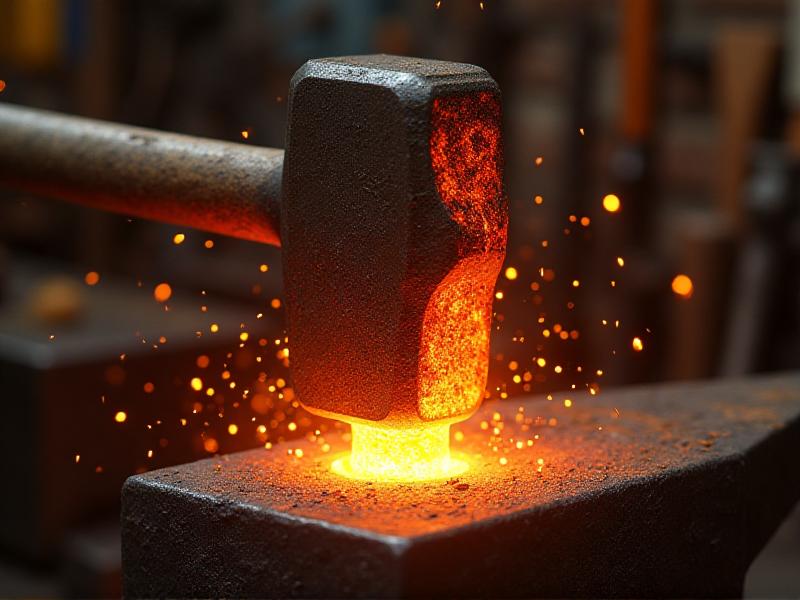Decoding Stanley Plane Type Study Charts
The History and Evolution of Stanley Planes
Stanley planes have been a cornerstone in woodworking for over a century. Their history dates back to the mid-1800s when the Stanley Rule & Level Company began producing these tools. Initially, Stanley planes were designed to meet the needs of carpenters and woodworkers, offering precision and durability. Over the years, the design and functionality of these planes evolved, incorporating innovations such as adjustable frogs, depth controls, and lateral adjustment levers. These changes not only improved the performance of the planes but also made them more user-friendly. The evolution of Stanley planes reflects broader trends in tool manufacturing, where the focus shifted from purely functional designs to tools that also offered ease of use and consistency. Understanding this history is crucial for appreciating the nuances of Stanley Plane Type Study Charts, as they document these changes in detail.
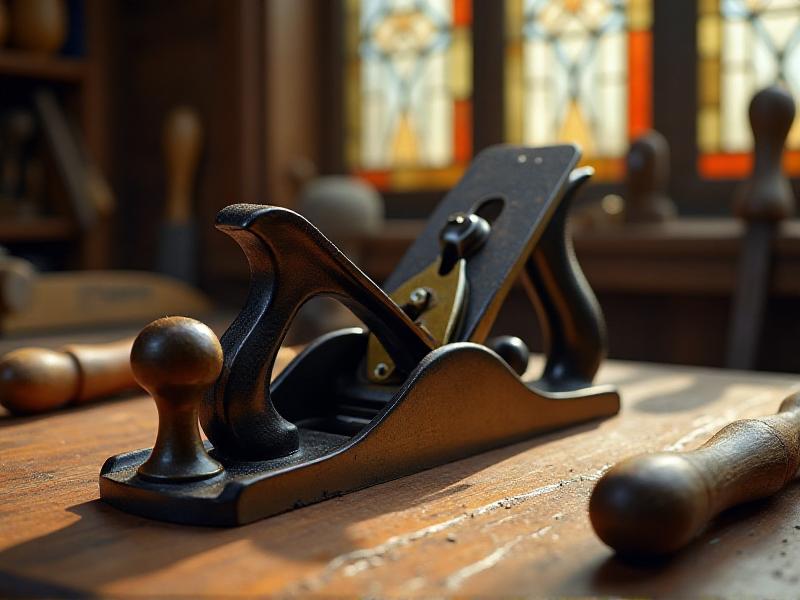
Understanding Stanley Plane Type Study Charts
Stanley Plane Type Study Charts are invaluable resources for collectors, historians, and woodworkers. These charts categorize Stanley planes by their type, which is determined by specific features and manufacturing details. Each type corresponds to a particular era or production run, allowing users to identify the age and origin of a plane. The charts typically include information such as the plane’s size, the presence of certain components like lateral adjustment levers, and even patent dates. For example, Type 1 planes are the earliest models, characterized by their simple design and lack of advanced features, while Type 20 planes represent the later stages of production with more modern refinements. By studying these charts, enthusiasts can trace the development of Stanley planes and gain insights into the historical context of their tools.
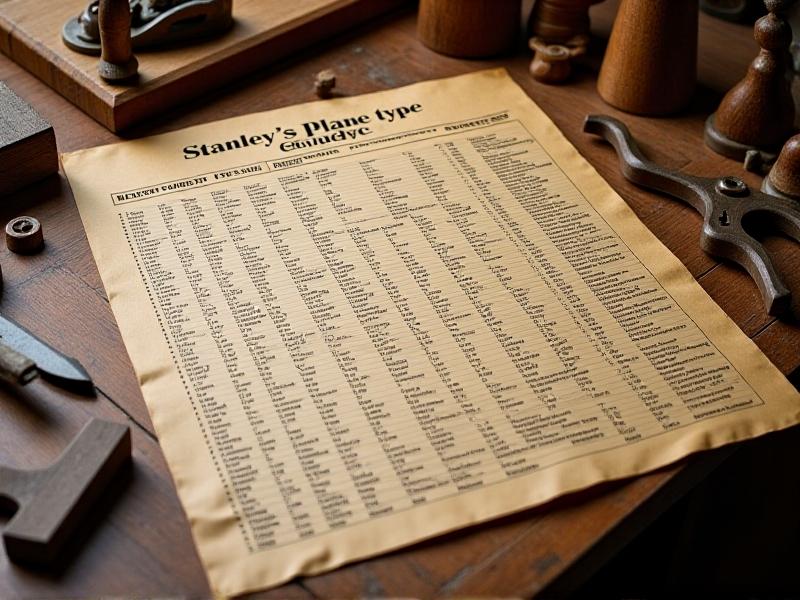
Key Features That Define Each Plane Type
Each Stanley plane type is defined by a unique set of features that distinguish it from others. These features include the design of the lever cap, the shape of the tote (handle), the presence of a frog adjustment screw, and the type of lateral adjustment lever. For instance, Type 6 planes introduced the high knob design, which became a standard in later models. Type 11 planes are notable for their three-piece lateral adjustment lever, a feature that was later simplified in subsequent types. Other distinguishing characteristics include the type of casting used for the plane body and the materials used for components like the knob and tote. Understanding these features is essential for accurately identifying and classifying Stanley planes, as even minor changes can indicate a shift in production era or manufacturing techniques.
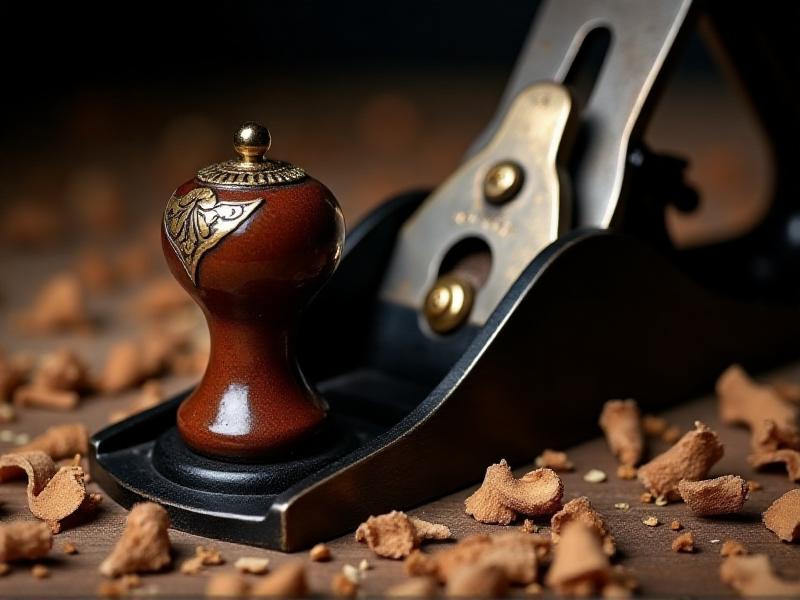
How to Use Type Study Charts for Identification
Using Stanley Plane Type Study Charts for identification requires a systematic approach. Start by examining the plane’s overall design and comparing it to the descriptions in the chart. Look for specific features such as the shape of the tote, the type of lever cap, and the presence of a frog adjustment screw. Next, check for any patent dates or manufacturing marks, as these can provide clues about the plane’s production era. It’s also helpful to measure the plane’s size, as this can narrow down the possibilities. Once you’ve gathered this information, cross-reference it with the chart to determine the plane’s type. This process can be time-consuming but is incredibly rewarding, as it allows you to uncover the history and provenance of your tool. For collectors, accurate identification is crucial for assessing the value and rarity of a plane.
The Role of Stanley Planes in Modern Woodworking
Despite the advent of power tools, Stanley planes remain a vital part of modern woodworking. Their precision and versatility make them indispensable for tasks such as smoothing, shaping, and jointing wood. Many woodworkers appreciate the tactile experience of using hand planes, which allows for greater control and a deeper connection to the material. Additionally, vintage Stanley planes are often sought after for their craftsmanship and historical significance. Modern manufacturers have also embraced the design principles of Stanley planes, producing updated versions that retain the classic features while incorporating contemporary materials and manufacturing techniques. Whether you’re a seasoned professional or a hobbyist, understanding the role of Stanley planes in woodworking can enhance your appreciation for these timeless tools and their enduring legacy.
Collecting Stanley Planes: Tips and Insights
Collecting Stanley planes can be a rewarding hobby, but it requires knowledge and patience. Start by familiarizing yourself with the different types and their distinguishing features, as this will help you identify valuable pieces. Attend auctions, estate sales, and flea markets to find vintage planes, and don’t hesitate to ask sellers for more information about the tools. When evaluating a plane, check for signs of wear, damage, or repairs, as these can affect its value. However, some collectors appreciate planes with a patina that reflects their history and use. It’s also important to consider the rarity of a plane, as certain types are more sought after than others. Joining online forums or local woodworking clubs can provide valuable insights and connect you with other enthusiasts. Ultimately, collecting Stanley planes is not just about acquiring tools but also about preserving a piece of woodworking history.
Restoring and Maintaining Vintage Stanley Planes
Restoring and maintaining vintage Stanley planes is an essential skill for collectors and woodworkers. Begin by cleaning the plane thoroughly, removing rust and dirt with a gentle abrasive and lubricant. Inspect the plane for any damaged or missing parts, such as the blade or lever cap, and replace them if necessary. Re-sharpening the blade is crucial for ensuring the plane’s performance, as a dull blade can make woodworking tasks more difficult. It’s also important to lubricate moving parts to prevent rust and ensure smooth operation. When restoring a plane, aim to preserve its original features and patina, as over-restoration can diminish its value. Regular maintenance, such as cleaning and oiling, will keep your plane in good condition and extend its lifespan. By taking care of your vintage Stanley planes, you can ensure that they remain functional and beautiful for years to come.
The Future of Stanley Planes in the Digital Age
As woodworking enters the digital age, the future of Stanley planes remains bright. While power tools and CNC machines have revolutionized the craft, there is still a strong demand for hand tools that offer precision and a tactile experience. Online communities and forums have made it easier than ever for woodworkers to share knowledge, trade tools, and connect with others who appreciate the art of hand tool woodworking. Additionally, digital resources such as Type Study Charts and restoration guides are readily available, making it easier for enthusiasts to learn about and care for their planes. Manufacturers are also exploring new materials and technologies to enhance the performance of hand planes while staying true to their traditional design. In this way, Stanley planes continue to bridge the gap between the past and the future, ensuring their place in the world of woodworking for generations to come.

